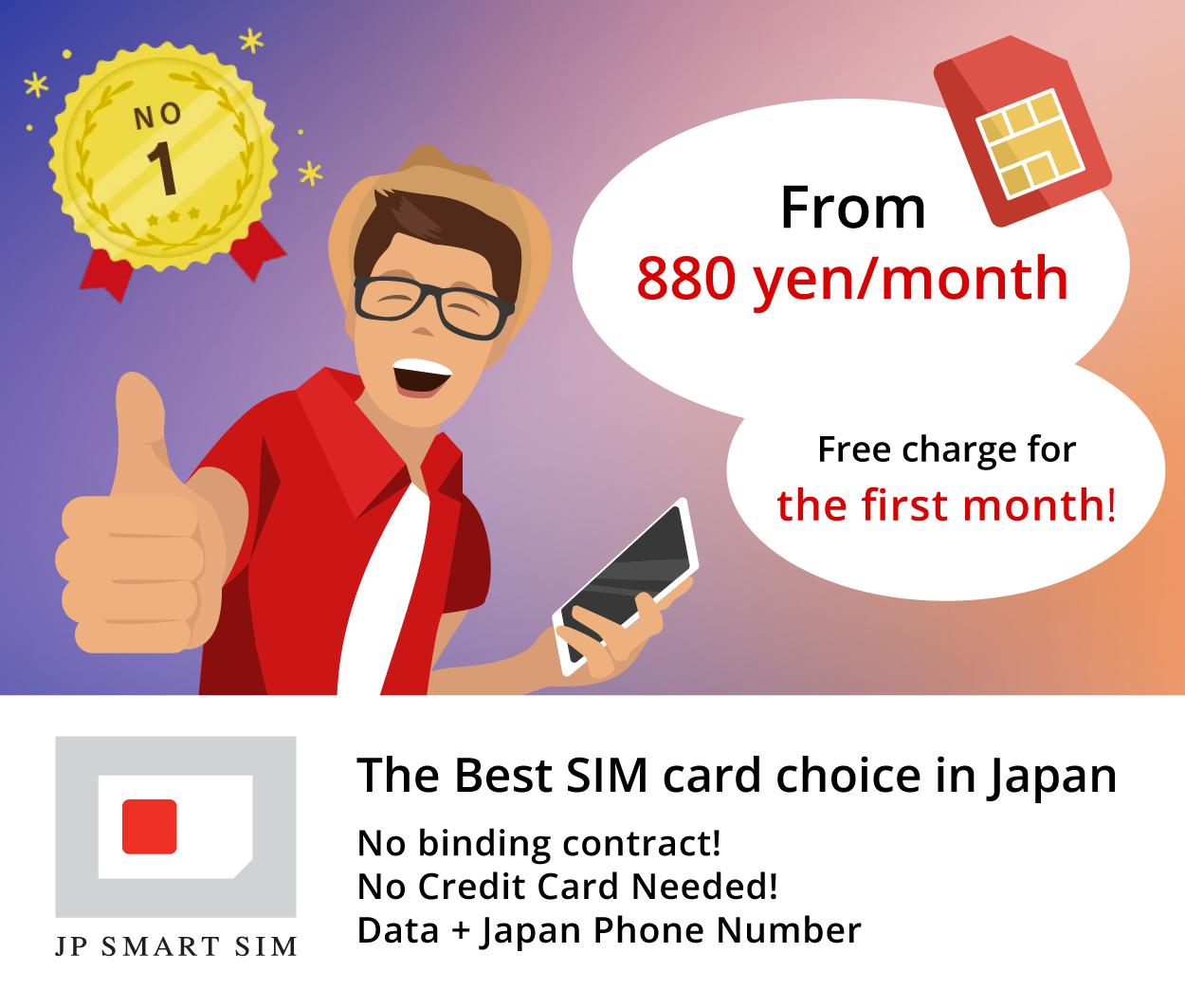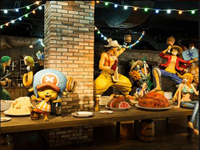Nagoya Castle
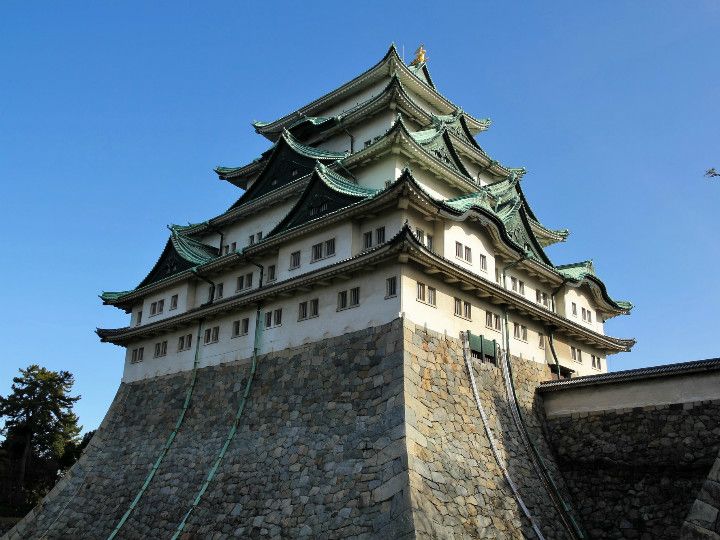
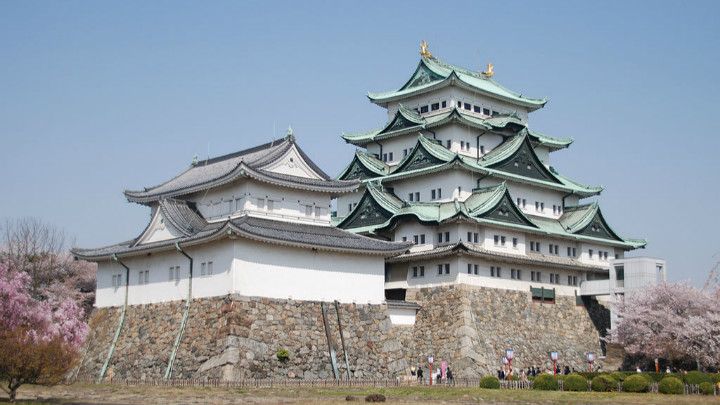
(Source: Wikipedia)
Built by Ieyasu Tokugawa
In 1609, Ieyasu Tokugawa, the first shogun of the Edo Shogunate, issued an order to build the castle. It was a joint and collective effort by feudal lords from different parts of Japan each working on a section of the castle. With the introduction of top-notch construction skills of the time and the participation of 5.58 million workers, it took less than one year to complete the stone walls supporting the castle at the base, making this a true national project. The castle was completed in 1612 and served as a residence for the Tokugawa family up to the Meiji era, only to be lost in a fire during an air raid in 1945.
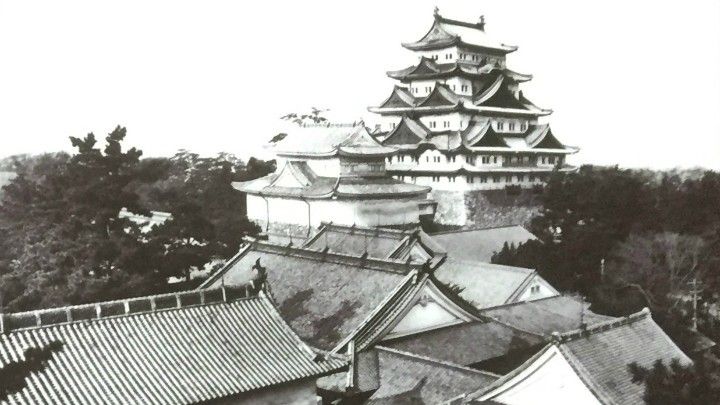
(Source: 気まぐれトンビの見たり聞いたり)
Grand view from the castle tower
The observation room on the 7th floor of the castle allows you to view not only the entire city of Nagoya but also the mountains of the neighboring prefectures of Gifu and Mie, weather permitting. The adjoining souvenir shop has items on sale that are available only at this location, which you may want to purchase to commemorate your visit.
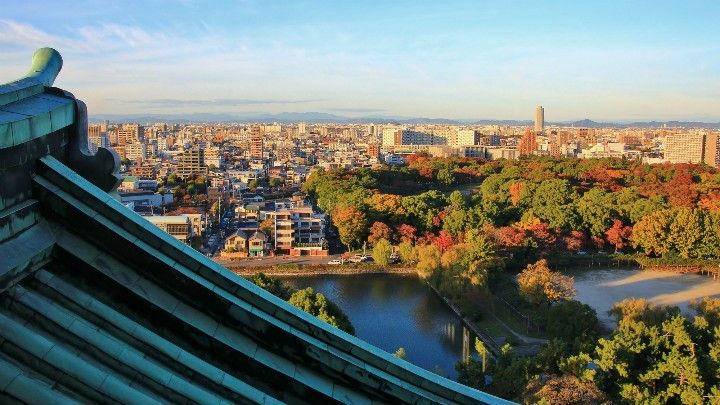
(Source: shigeaki / PIXTA(ピクスタ) )
A pair of golden shachihoko
On the roof of Nagoya Castle dance a pair of shachihoko-male and female. Shachihoko dolphins are supposed to be the guardians of the buildings but ironically, because of the gold used on their bodies, the Nagoya Castle’s dolphins suffered from a few thefts in the past. In the exhibition room, a real size replica of a golden dolphin is on display and there is also a spot on the 5th floor where you can be photographed “riding” a dolphin.
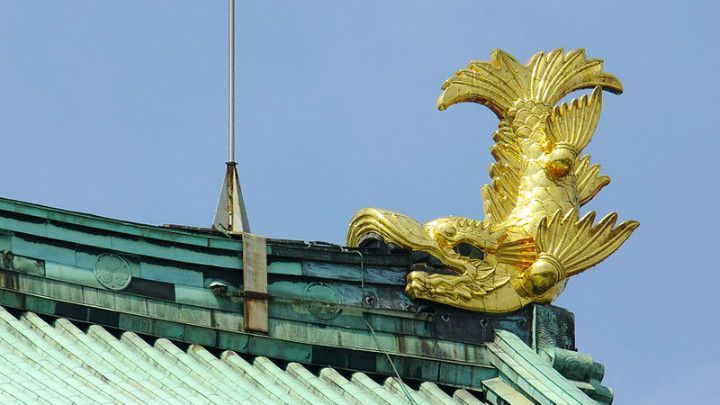
(Source: 名古屋太郎/Wikipedia)
Inside the castle tower
From basement 1 to the 5th floor of the castle tower are displays dedicate to the castle’s history and the culture of the Edo Era. A 1/400 diorama reproducing the landscape of Nagoya at that time is a must-see. You can also feel the atmosphere of the time from other displayed items such as armor, swords and a palanquin.

(Source: なみこし / PIXTA(ピクスタ) )
Honmaru Goten
In 2009, reconstruction work started on Honmaru Goten, a feudal lord’s residential suite that was lost in a fire during the war. With the target completion date of 2018, the hall has been rebuilt with the same material and methods thought to be applied to the original. Currently, its entrance and front drawing room are open to the public. The latter, a room where the lord met his visitors, is a magnificent space shining in gold on all sides.
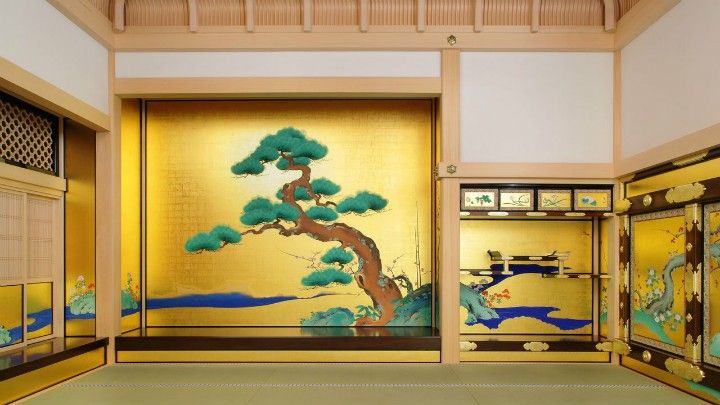
(Source: Lalala1017のブログ)
Nagoya Warriors’ Squad of Hospitality
“Nagoya Warriors’ Squad of Hospitality” assists visitors in having a good time at the castle, being photographed with them for example. The warriors’ “Hospitality Performance” on weekends, each playing a role of historical figures linked to Nagoya Castle, such as Nobunaga Oda, Hideyoshi Toyotomi, and Ieyasu Tokunaga, is fast becoming one of the big attractions at the castle.
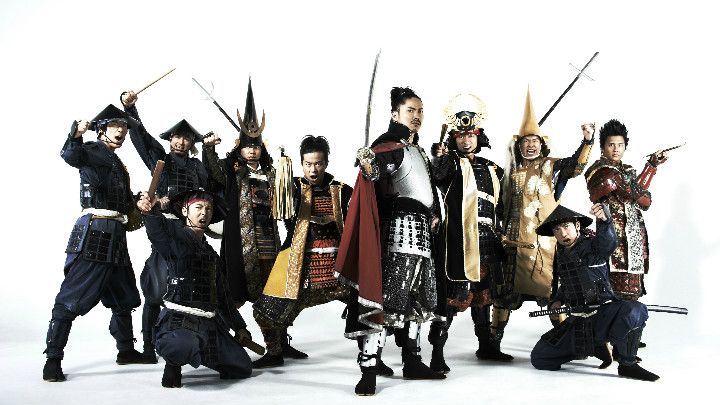
(Source: 僕と私と俺とⅡ)
Illumination at Nagoya Castle
Nagoya Castle is illuminated until 11 pm except for the 8th day of each month and with nothing in the surrounding area to obstruct the view, you can see its beautiful figure even from afar. Especially in spring, many visitors are attracted to the view of the uniquely-Japanese combination of cherry blossoms and the castle.
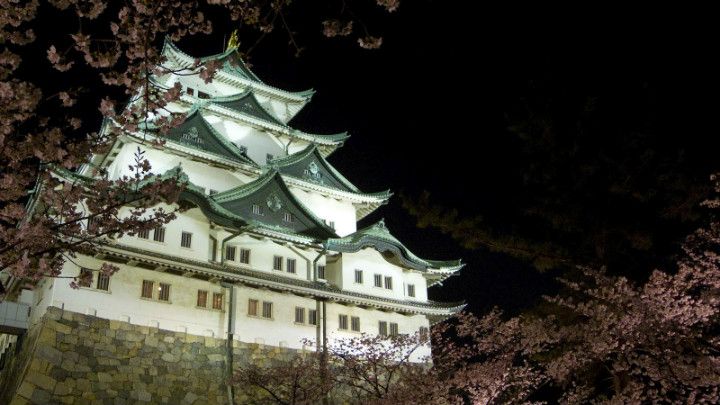
(Source: Diary of Cyber on Blogger)
Sky Promenade, a perfect spot to snap photos of Nagoya Castle
Sky Promenade, occupying from the 44th to 46th floor of the Midland Square building in front of Nagoya Station is a perfect spot to take pictures of both Nagoya Castle and downtown Nagoya. This 220-meter high observatory facility allows you a 360-degree view of the city of Nagoya. Take pictures of the castle surrounded by high-rises.
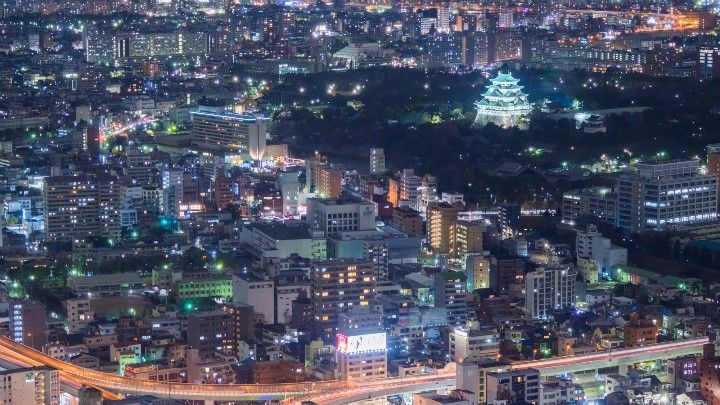
(Source: まちゃー / PIXTA(ピクスタ) )
Tokugawa Art Museum displaying items linked to the Tokugawa family
A 15-minute bus ride from Nagoya Castle brings you to Tokugawa Art Museum, which displays items related to the Tokugawa family who resided in the castle. Personal belongings left by Ieyasu Tokugawa, replicas of the castle’s Ninomaru Goten and tea house are just a few of the items that are accessible only at this museum. The visit to the museum is a great complement to touring the castle.
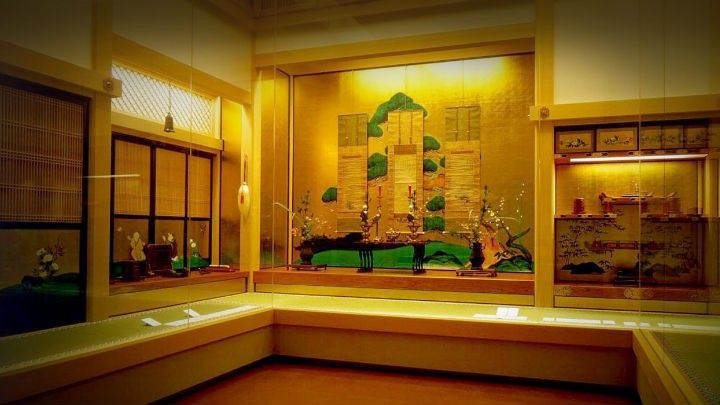
(Source: 徳川美術館)

(Source: Wikipedia)
Built by Ieyasu Tokugawa
In 1609, Ieyasu Tokugawa, the first shogun of the Edo Shogunate, issued an order to build the castle. It was a joint and collective effort by feudal lords from different parts of Japan each working on a section of the castle. With the introduction of top-notch construction skills of the time and the participation of 5.58 million workers, it took less than one year to complete the stone walls supporting the castle at the base, making this a true national project. The castle was completed in 1612 and served as a residence for the Tokugawa family up to the Meiji era, only to be lost in a fire during an air raid in 1945.

(Source: 気まぐれトンビの見たり聞いたり)
Grand view from the castle tower
The observation room on the 7th floor of the castle allows you to view not only the entire city of Nagoya but also the mountains of the neighboring prefectures of Gifu and Mie, weather permitting. The adjoining souvenir shop has items on sale that are available only at this location, which you may want to purchase to commemorate your visit.

(Source: shigeaki / PIXTA(ピクスタ) )
A pair of golden shachihoko
On the roof of Nagoya Castle dance a pair of shachihoko-male and female. Shachihoko dolphins are supposed to be the guardians of the buildings but ironically, because of the gold used on their bodies, the Nagoya Castle’s dolphins suffered from a few thefts in the past. In the exhibition room, a real size replica of a golden dolphin is on display and there is also a spot on the 5th floor where you can be photographed “riding” a dolphin.

(Source: 名古屋太郎/Wikipedia)
Inside the castle tower
From basement 1 to the 5th floor of the castle tower are displays dedicate to the castle’s history and the culture of the Edo Era. A 1/400 diorama reproducing the landscape of Nagoya at that time is a must-see. You can also feel the atmosphere of the time from other displayed items such as armor, swords and a palanquin.

(Source: なみこし / PIXTA(ピクスタ) )
Honmaru Goten
In 2009, reconstruction work started on Honmaru Goten, a feudal lord’s residential suite that was lost in a fire during the war. With the target completion date of 2018, the hall has been rebuilt with the same material and methods thought to be applied to the original. Currently, its entrance and front drawing room are open to the public. The latter, a room where the lord met his visitors, is a magnificent space shining in gold on all sides.

(Source: Lalala1017のブログ)
Nagoya Warriors’ Squad of Hospitality
“Nagoya Warriors’ Squad of Hospitality” assists visitors in having a good time at the castle, being photographed with them for example. The warriors’ “Hospitality Performance” on weekends, each playing a role of historical figures linked to Nagoya Castle, such as Nobunaga Oda, Hideyoshi Toyotomi, and Ieyasu Tokunaga, is fast becoming one of the big attractions at the castle.

(Source: 僕と私と俺とⅡ)
Illumination at Nagoya Castle
Nagoya Castle is illuminated until 11 pm except for the 8th day of each month and with nothing in the surrounding area to obstruct the view, you can see its beautiful figure even from afar. Especially in spring, many visitors are attracted to the view of the uniquely-Japanese combination of cherry blossoms and the castle.

(Source: Diary of Cyber on Blogger)
Sky Promenade, a perfect spot to snap photos of Nagoya Castle
Sky Promenade, occupying from the 44th to 46th floor of the Midland Square building in front of Nagoya Station is a perfect spot to take pictures of both Nagoya Castle and downtown Nagoya. This 220-meter high observatory facility allows you a 360-degree view of the city of Nagoya. Take pictures of the castle surrounded by high-rises.

(Source: まちゃー / PIXTA(ピクスタ) )
Tokugawa Art Museum displaying items linked to the Tokugawa family
A 15-minute bus ride from Nagoya Castle brings you to Tokugawa Art Museum, which displays items related to the Tokugawa family who resided in the castle. Personal belongings left by Ieyasu Tokugawa, replicas of the castle’s Ninomaru Goten and tea house are just a few of the items that are accessible only at this museum. The visit to the museum is a great complement to touring the castle.

(Source: 徳川美術館)
